Top image is of the entrance to Auschwitz, 1945, courtesy of Bundesarchiv B 285 Bild-04413, KZ Auschwitz, Einfahrt.
Few names in any language prompt a sense of horror as does “Auschwitz.” When a person says “Auschwitz,” they rarely have to explain the reference; a chain of associations, images, and feelings—all of them dreadful—are borne with its utterance. Rarely does a word inflict such sharp, immediate, and lingering effects on listeners.
For good reason, Auschwitz is now a synonym for ultimate horror. The German name for the Polish town of Oświęcim located about 40 miles west of Kraków, Auschwitz was the final destination for 1.1 million women, men, and children who perished (out of some 1.3 million deported there). Originally the site of a Nazi concentration camp established in the spring of 1940 for Polish political prisoners, Auschwitz (often referred to as “Auschwitz I,”) expanded and transformed dramatically in the following years.
A massive extermination system, Auschwitz-Birkenau, or “Auschwitz II,” was installed by the SS as part of the systematic, continent-wide genocide of European Jews which began in late 1941-early 1942. With its apparatus of gas chambers (made to look like showering facilities) and four crematoria, Auschwitz II could literally murder 15,000 people per day.
There was also “Auschwitz III,” the concentration camp at Monowitz (Polish Monowice), sometimes designated the Buna subcamp, four miles from the main camp. I.G. Farben, the chemical conglomerate, operated, in conjunction with the SS, a gigantic and brutal forced-labor network there.
While most people here in the United States may not understand the different aspects of the Auschwitz camp complex, they certainly recognize the name. They respond, too, to the words “Zyklon-B,” the pesticide dropped as pellets into Auschwitz’s gas chambers to asphyxiate victims. The presence of SS physician Josef Mengele, remembered for his appalling medical experiments, and Rudolf Höss, the longest-serving commandant of the camp complex, have helped ensure that Auschwitz is the most identifiable component of Adolf Hitler’s insidious Final Solution. In fact, as historian Nikolaus Wachsmann puts it,
“In popular memory, then, the concentration camps, Auschwitz, and the Holocaust have merged into one.”
Consequently, it has become commonplace to construe “Auschwitz” as signifying a decisive rupture in the history of humanity. A vast and impressive literature exploring this caesura poses fundamental questions about whole areas of human endeavor “after Auschwitz”—art, architecture, law, education, theology, ethics, and more. In other words, Auschwitz-Birkenau has been utilized by many intellectuals as a symbol or metaphor for the entire Holocaust.
There is much that one could dispute about this gradual but steady process of foregrounding “Auschwitz.” Does the elevation of the latter mean a diminution of the history of the other extermination camps? If we confine ourselves to only Jewish victims, can the industrial annihilation which transpired at Auschwitz-Birkenau actually occlude understanding of what happened to Jews who succumbed to starvation and illness in the Nazi-organized ghettos of Eastern Europe, or who were savagely murdered by the Einsatzgruppen and their auxiliaries in the Soviet Union? What of the toll taken on Jewish inmates compelled to undertake the death marches in 1945?
If we restrict our focus to the Auschwitz complex, what is the most ethical and rigorous way to guarantee the stories of non-Jewish victims (Poles, Soviet POWs, Roma) are not lost? Do US educators rely too much on a small selection of texts by survivors of Auschwitz, principally Elie Wiesel’s Night and Primo Levi’s Survival in Auschwitz, as powerful as these writings are?
I want to begin to confront these questions, in light of constant concern about how little Americans understand of the Nazi genocide, by offering a list of books, 9 of them, written by survivors—Jews and non-Jews, men and women—about their hellish time in the Auschwitz complex. Exemplifying the imperative to witness, these works are much less familiar to audiences in the United States and may contribute to a more substantive historical knowledge of the Third Reich’s crimes.
At the Mind’s Limits: Contemplations by a Survivor on Auschwitz and its Realities
By Jean Améry
The Vienna-born Améry (his real name was Hans Maier) joined a resistance group in Belgium after Nazi Germany’s annexation of Austria. Captured by the Gestapo in 1943 and incarcerated in Auschwitz (and later Bergen-Belsen), Améry did not publish these philosophical reflections on his experiences until 1966. Translated by Sidney Rosenfeld and Stella Rosenfeld. Bloomington: Indiana University Press, 1980.
Auschwitz and After
By Charlotte Delbo
A member of the French Resistance, Charlotte Delbo was deported to Auschwitz in early 1943 and was also an inmate at Ravensbrück, the Nazi camp for women. This book recounts life and survival in Birkenau. 2nd Edition. Translated by Rosette Lamont. New Haven: Yale University Press, 2014.
People in Auschwitz
By Hermann Langbein
Langbein, an Austrian communist, worked as a clerk for Dr. Eduard Wirths, one of the SS physicians at Auschwitz. This book is one of the most detailed histories we have of the Auschwitz camp complex. Translated by Harry Zohn. Chapel Hill: University of North Carolina Press in association with the United States Holocaust Memorial Museum, 2004.
Five Chimneys: The Story of Auschwitz
By Olga Lengyel
A physician’s assistant, Olga Lengyel was one of the hundreds of thousands of Hungarian Jews deported to Auschwitz in 1944. Her memoir is one of the earliest accounts by a survivor we have of that camp. Chicago: Ziff-Davis, 1947.
Smoke Over Birkenau
By Liana Millu
Liana Millu was an Italian Jew who participated in resistance activities before being arrested and sent to Auschwitz in 1944. Her story has gradually won attention in the United States, mainly from a scholarly audience. Translated by Lynne Sharon Schwartz. Evanston: Northwestern University Press, 1998.
Eyewitness Auschwitz: Three Years in the Gas Chambers
By Filip Müller
Filip Müller was a Slovakian Jew deported to Auschwitz in 1942. Miraculously surviving three years in that hell, he is most familiar to Americans from the interviews he did with Claude Lanzmann for the 1985 film Shoah. Translated by Helmut Freitag and Susanne Flatauer. New York: Stein & Day, 1979.
Smoke Over Birkenau
By Seweryna Szmaglewska
Seweryna Szmaglewska was a Polish Catholic who produced one of the initial first-hand accounts of the extermination process at Auschwitz. Translated by Jadwiga Rynas. New York: H. Holt, 1947.
There is a Place on Earth: A Woman in Birkenau
By Giuliana Tedeschi
Along with her husband and mother-in-law (neither of whom survived), Giuliana Tedeschi was deported to Auschwitz from Italy in April 1944. This memoir, originally published in Italian in 1946, was later expanded and published in English in 1992. Translated by Tim Parks. New York: Pantheon Books, 1992.
I Cannot Forgive
By Rudolf Vrba and Alan Bestic
Vrba was one of two Slovakian Jews (the other was Alfred Wetzler) who escaped from Auschwitz in early April 1944 and wrote a lengthy description about the systematic mass murder taking place in the camp. This memoir, with its unforgettable title, was published 20 years later. New York: Grove Press, 1964.
Jason Dawsey, PhD
Jason Dawsey, PhD, is ASU WWII Studies Consultant in the Jenny Craig Institute for the Study of War and Democracy.
Cite this article:
MLA Citation:
APA Citation:
Chicago Style Citation:
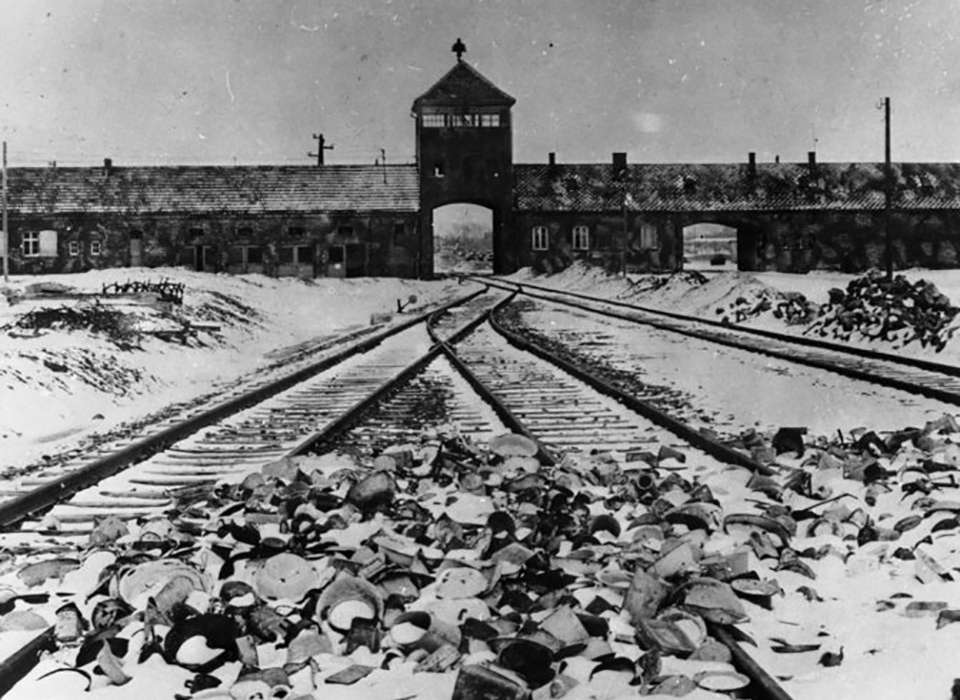
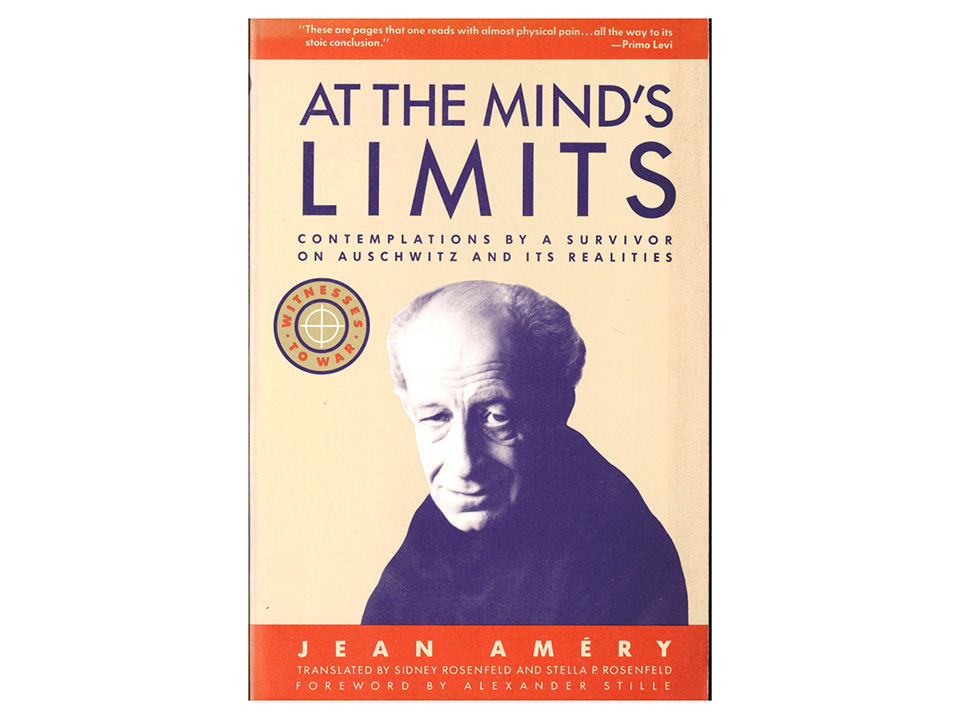
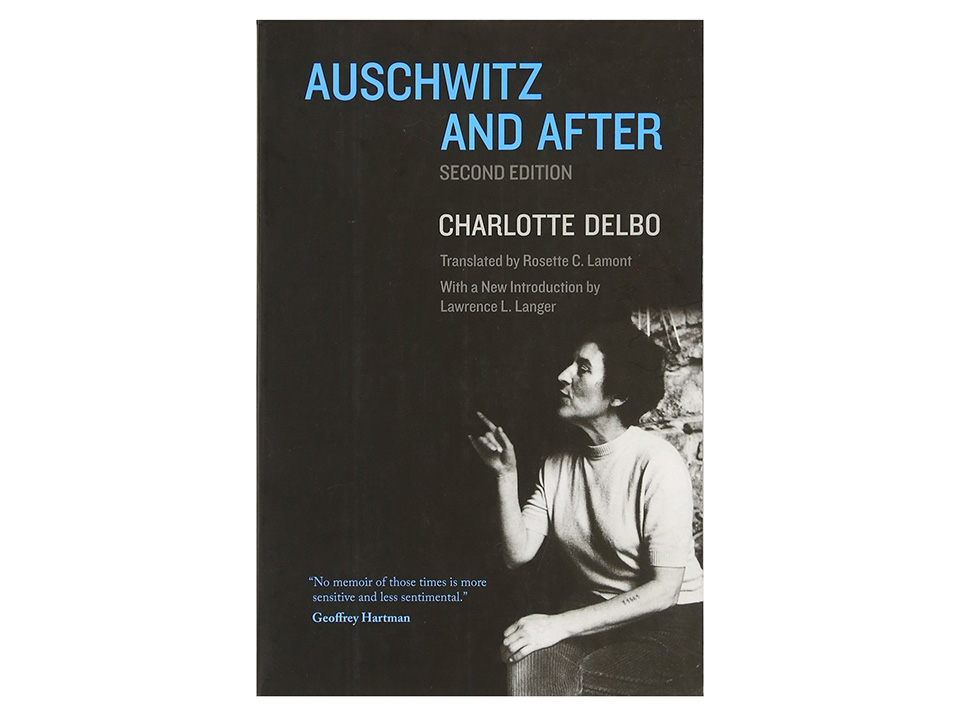
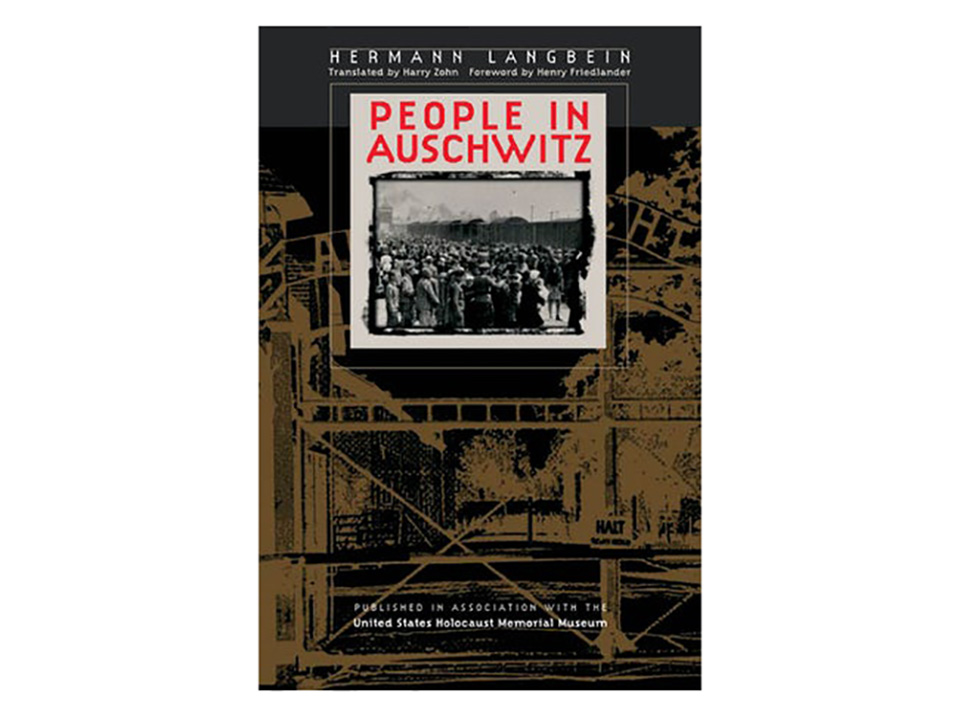
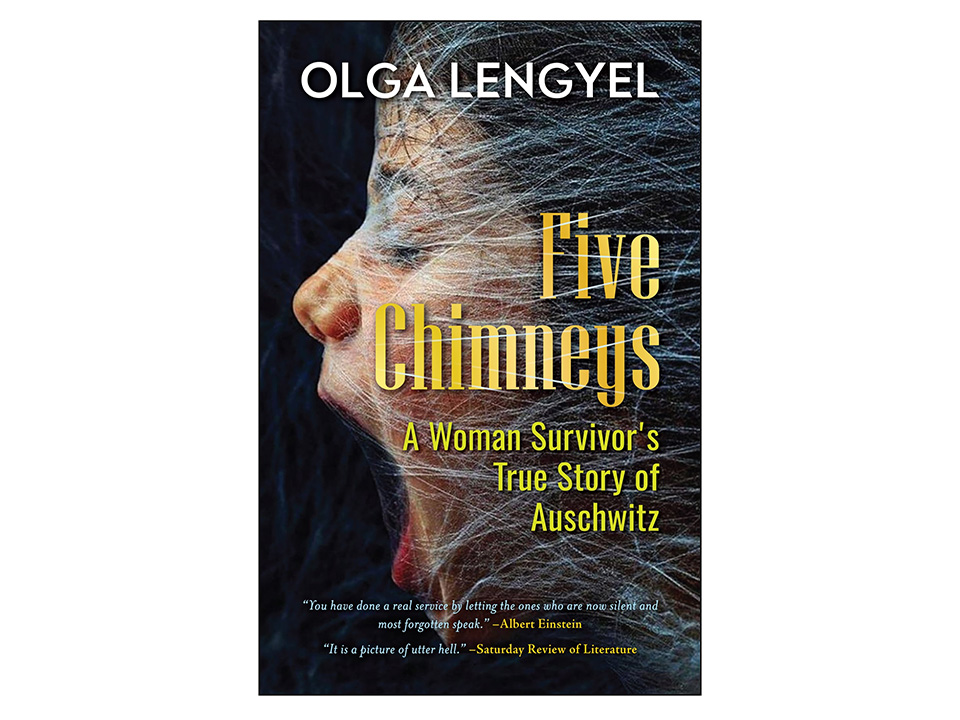
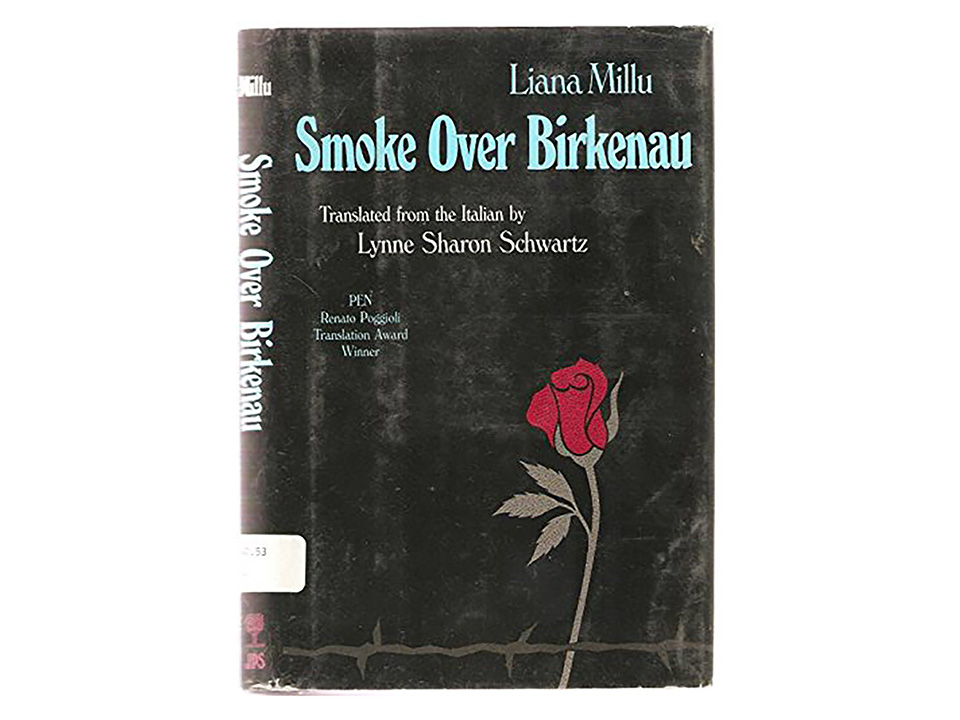
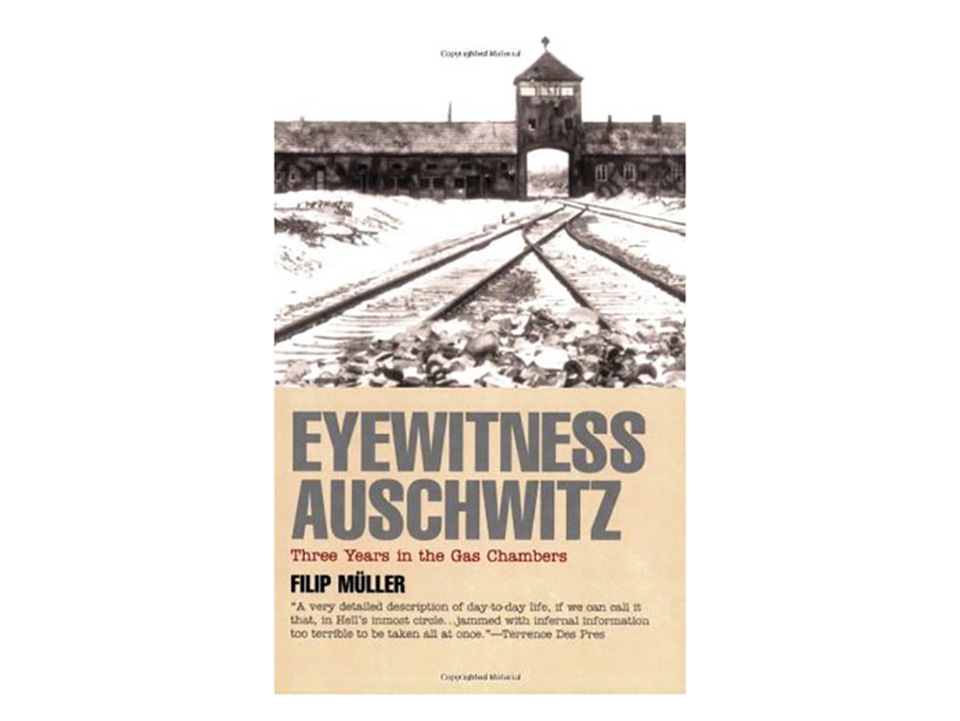

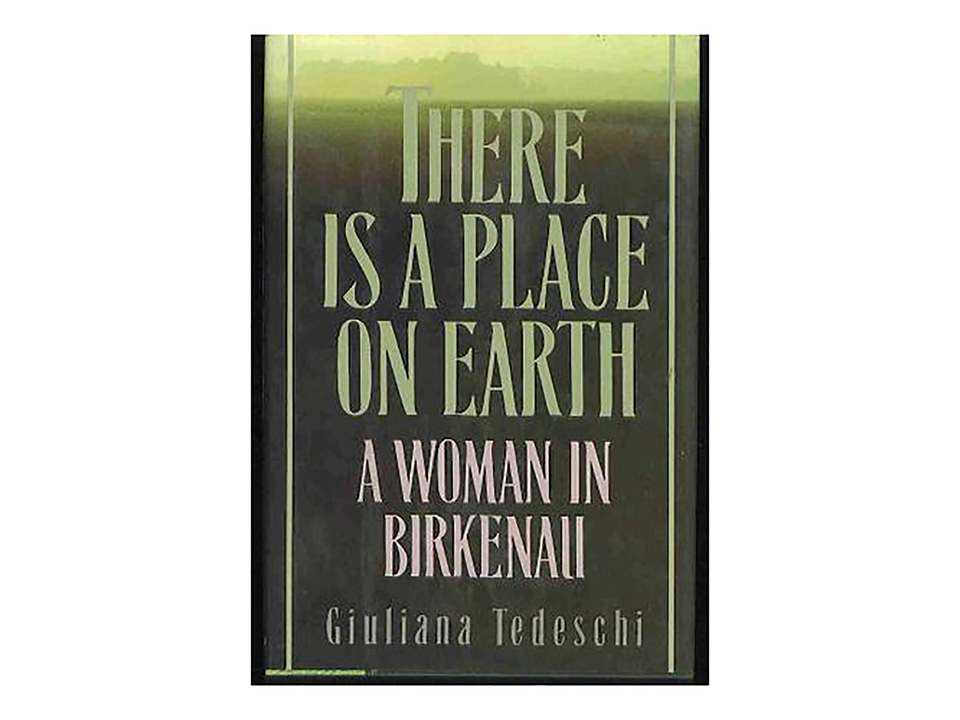
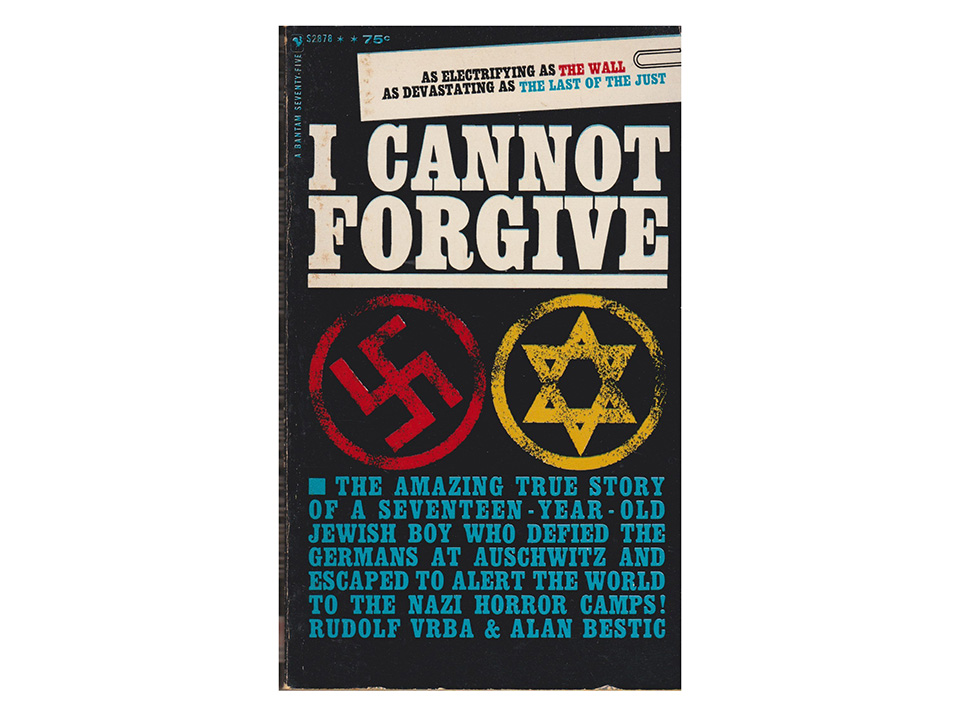
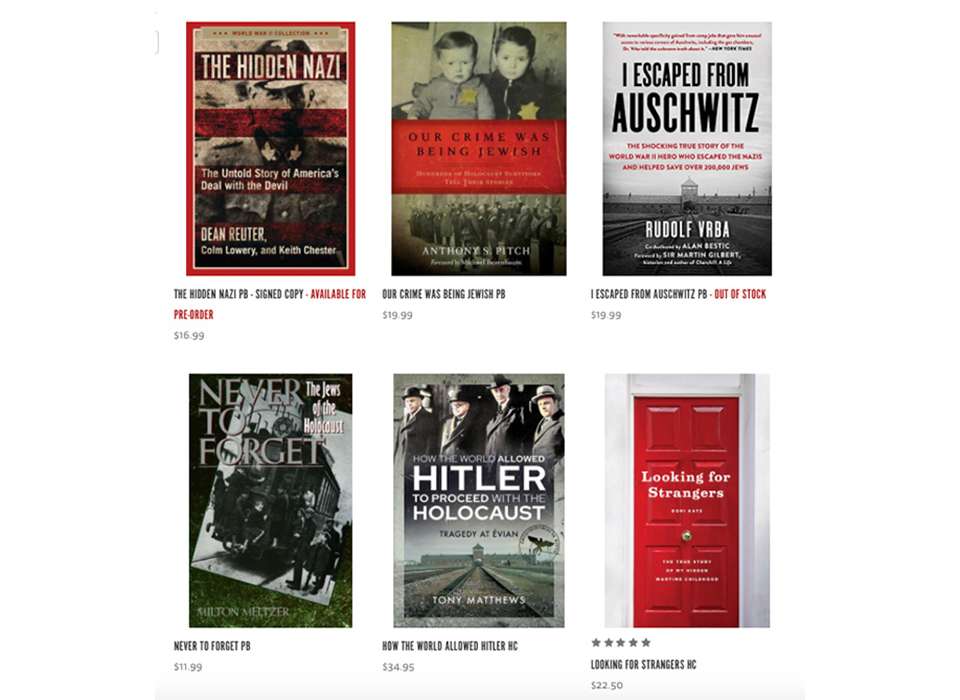

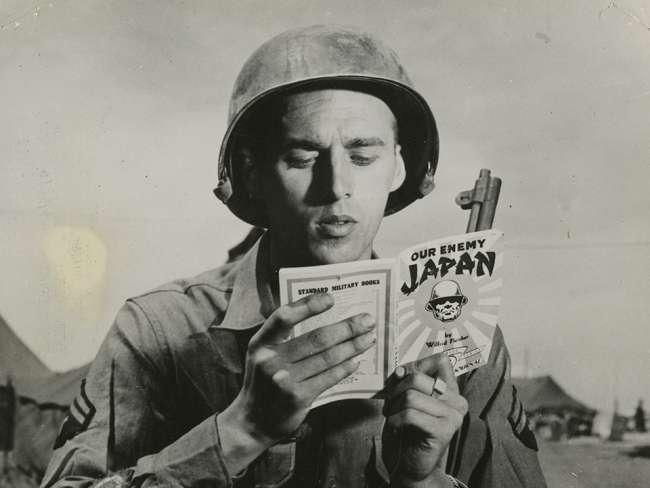
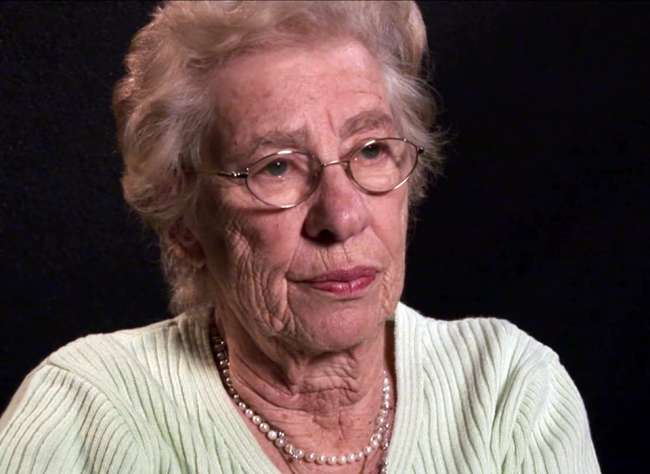



![Max Fuchs, New York City cantor, sings as Rabbi Sydney [sic] Lefkowitz, Richmond, VA, conducts the first Jewish services from Germany.](/sites/default/files/styles/max_650x650/public/2025-10/image1.jpg)


